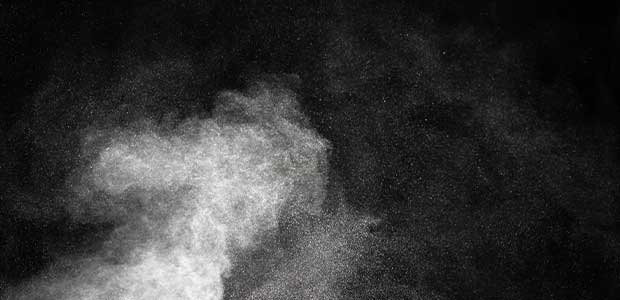
How to Protect Workers from Combustible Dusts
Injuries and deaths from combustible dust are preventable. Follow OSHA’s guidelines on mitigating these hazards.
- By Alex Saurman
- Jun 30, 2022
The hazards of combustible dust are life threatening.
From 1980 to 2005, combustible dust incidents lead to 199 worker deaths and 718 injures, according to OSHA.
In 2010, at AL Solutions in New Cumberland, West Virginia, an explosion and fire occurred from combustible dust. According to the U.S. Chemical Safety Board and a safety video, the metal recycling facility “processed scrap titanium and zirconium metal.” A machine needing additional repairs (it had allegedly been repaired, but not to a high enough standard) sparked and “likely ignited” the zirconium. The spark started a fire and caused another explosion. Three workers died in the incident, and one was injured.
There are many materials workers are around on a daily basis that can be flammable as a dust, such as grain, plastics, coal and aluminum. Even if an object is not flammable, it may be as a dust.
Protecting workers from incidents like these is essential to safety. What are the best ways to mitigate the combustible dust hazards? OSHA recommends a few measures. According to an OSHA fact sheet, remember capture, contain and clean.
- “Capture dust before it escapes into a work area by using properly designed, installed, approved and maintained dust collection systems.
- Contain dust within equipment, systems or rooms that are built and operated to safely handle combustible dust
- Clean work areas, overhead surfaces and concealed spaces frequently and thoroughly using safe housekeeping methods to remove combustible dusts not captured or contained.”
OSHA does not currently have an overall standard on combustible dust. However, there are numerous resources available. The National Fire Protection Association has standard 652-2019. OSHA’s Firefighting Precautions at Facilities with Combustible Dust pamphlet provides resources for some workers. OSHA has also posters available to print.
About the Author
Alex Saurman is a former Content Editor for Occupational Health & Safety,who has since joined OH&S’s client services team. She continues to work closely with OH&S’s editorial team and contributes to the magazine.